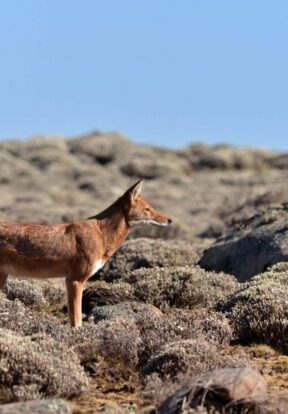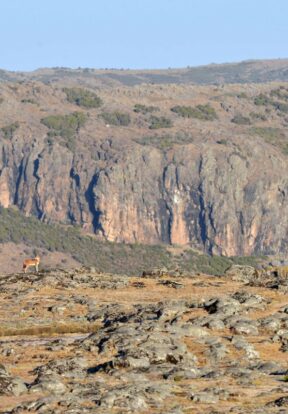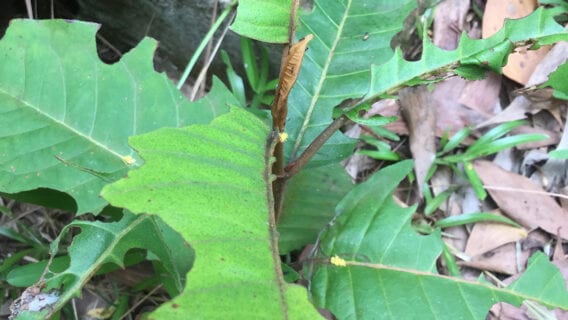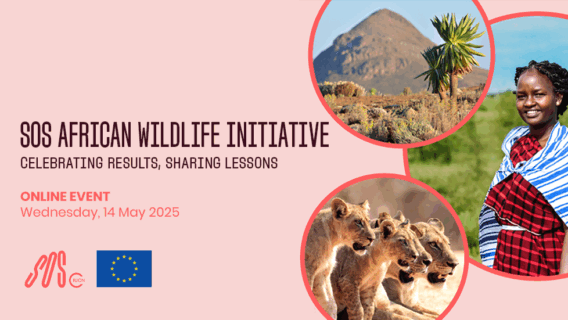Conservation by Proxy: How Carnivores Can Serve as a Centrepiece for Conservation Action
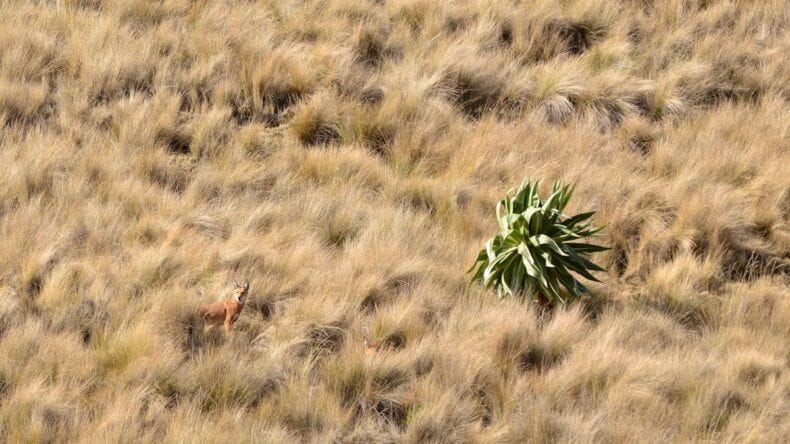
However, one of the first steps is to be clear on the message and the conservation objective, he advises.
Terms like umbrella, keystone and flagship species are ubiquitous in conservation parlance, yet remain poorly understood by the general-public. Meanwhile we face the challenge of scaling up conservation financing to help stop the global extinction crisis. Given this and the potential impact of concepts such as umbrella species when applied to conservation action, it is critical we speak in clear compelling language that engages non-technical audiences to support our work.
The larger species in the Order Carnivora are wide-ranging and rare, due to their position at the top of food webs. Their demise may have less obvious indirect effects. These charismatic carnivore species tend to be the lynchpin in many conservation efforts, whether portrayed as an umbrella, a keystone or a flagship species. Disentangling these definitions is a good step in the right direction.
The protection of an umbrella species protects a wide range of co-existing species in the same habitat, which may be lesser-known and difficult to protect otherwise (wide-ranging carnivores such as African wild dogs or cheetah offer a good frame for rangeland protection). Keystone species are those whose continued well-being is vital for the functioning of a whole community (e.g., sea otters in the Pacific, or krill in Antarctica). Whereas flagship species appeal to the public and have other features that make them a suitable focus for gaining support and communicating conservation concerns (e.g., tigers, pandas, lions).
Key to the umbrella species hypothesis is the concept of trophic cascades, where classically the effects of top carnivores extend down the food web to herbivores and plants. Therefore, changes in circumstances for species at higher levels in the ecosystem have greater knock-on effects to the ecosystem by directly and or indirectly affecting other species in that ecosystem.
We are also learning that these cascading effects are propagating widely through the mediation of “meso-carnivores”, which can become unusually common once the top predators are gone. In West Africa, olive baboons increased in abundance following declines of lions and leopards, which correlated with a rapid decline of small ungulates and other primates. Incidentally, this also carried an impact on livelihoods, with baboon raids in some areas requiring increased guarding of crops, keeping children out of school.
Many of the world’s largest carnivores are declining and now occupy only a fraction of their historical ranges. In addition to playing a role in shaping the structure of a direct impact on the abundance and dynamics of prey communities, large carnivores may provoke behavioural responses in their prey, forcing them to distribute within “landscapes of fear” to avoid predation. Think of these as a visual representation of relative levels of predation risk as perceived by potential prey that modify their behaviour accordingly to stay away from trouble. This may have knock-on effects for other species in that landscape such as the plants on which they feed for example, which in turn may concentrate nutrients (e.g., dung) in certain places, influencing plant communities.
Sometimes threatened carnivore populations slowly fade away, but this may be a more drastic process, with whole species vanishing in a relative short period of time. Take Gorongosa National Park for instance, where the Mozambican civil war resulted in the rapid decline of predators and led to a trophic cascade that shifted the behaviour of prey and plant communities. The absence of African wild dogs and leopards resulted in a change in habitat use and feeding by forest-dwelling bushbuck that expanded to the floodplains, where they consumed novel diets and suppressed waterwort, a common food plant.
Carnivores tend to have a magnetic appeal, and framing them in communication messaging can serve as a focal point for conservation efforts. For instance, the protection of Afroalpine habitats as water sources and providers of other ecosystem services such as pollinators, pasture, fuel, thatching and weaving materials can be more effectively communicated if the narrative focuses on the endemic and Endangered Ethiopian Wolf, an Afroalpine specialist par excellence.
Whether already established as umbrellas or simply as flagships, there is clear evidence that large carnivores can exert real strong regulatory effects on ecosystems. Manifestly, there is a need to recognise and bring real value in using large carnivores as the focus of conservation initiatives, not only for their sake, but also for the potential effects brought about by large carnivores that may lead to broad biodiversity, as well as social and economic benefits.
IUCN Save Our Species is coordinating Ethiopian Wolf conservation through its SOS African Wildlife initiative funded by the European Commission. You can visit this project profile page to learn more about some of the actions implemented to protect this species.


